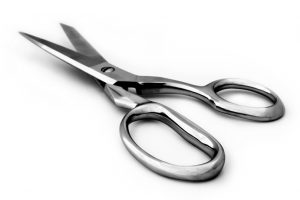
If you have created a database or list in Excel, once you have entered several rows of data, you will soon notice the first row in Excel is no longer visible – which can be a problem if you rely on column headings to know what each column contains.
It is always good practise to ensure each column has a heading describing the data that the column will contain – this not only makes it easier for data entry, but it also makes it easier for others to understand your spreadsheet. Here is a tip on how to make sure your headings are always visible, regardless of how many rows your list contains.
.png)
If your column headings have been entered in Row 1, go to the View tab in Excel and click the “Freeze Panes” dropdown list and select “Freeze Top Row”. Now as you scroll up and down your list, the top row will remain fixed at the top, meaning your titles are always visible.
.png)
If your column headings are not on the first row, or you have use multiple rows for your headings, then select the entire row directly below your heading rows and click the “Freeze Panes” dropdown list on the view tab, and select “Freeze Panes”. This will freeze all the rows above the row you have selected so they are always visible as you scroll up and down the page.
.png)
The same technique can be used to freeze columns, and a combination of columns and rows. To do this, select the cell below the row you want to freeze, and to the right of the column you want to freeze, then select click the “Freeze Panes” dropdown list on the view tab, and select “Freeze Panes”. Now as you scroll to the left, the columns you froze on the right will remain visible.
.png)
To unfreeze any fixed rows or columns is simple. Go back to the “Freeze Panes” dropdown list on the View tab and select “Unfreeze Panes”. When using this technique it is important you don’t freeze so many rows that you can no longer scroll up or down your sheet. If you do this by mistake, unfreeze the panels and try again.







